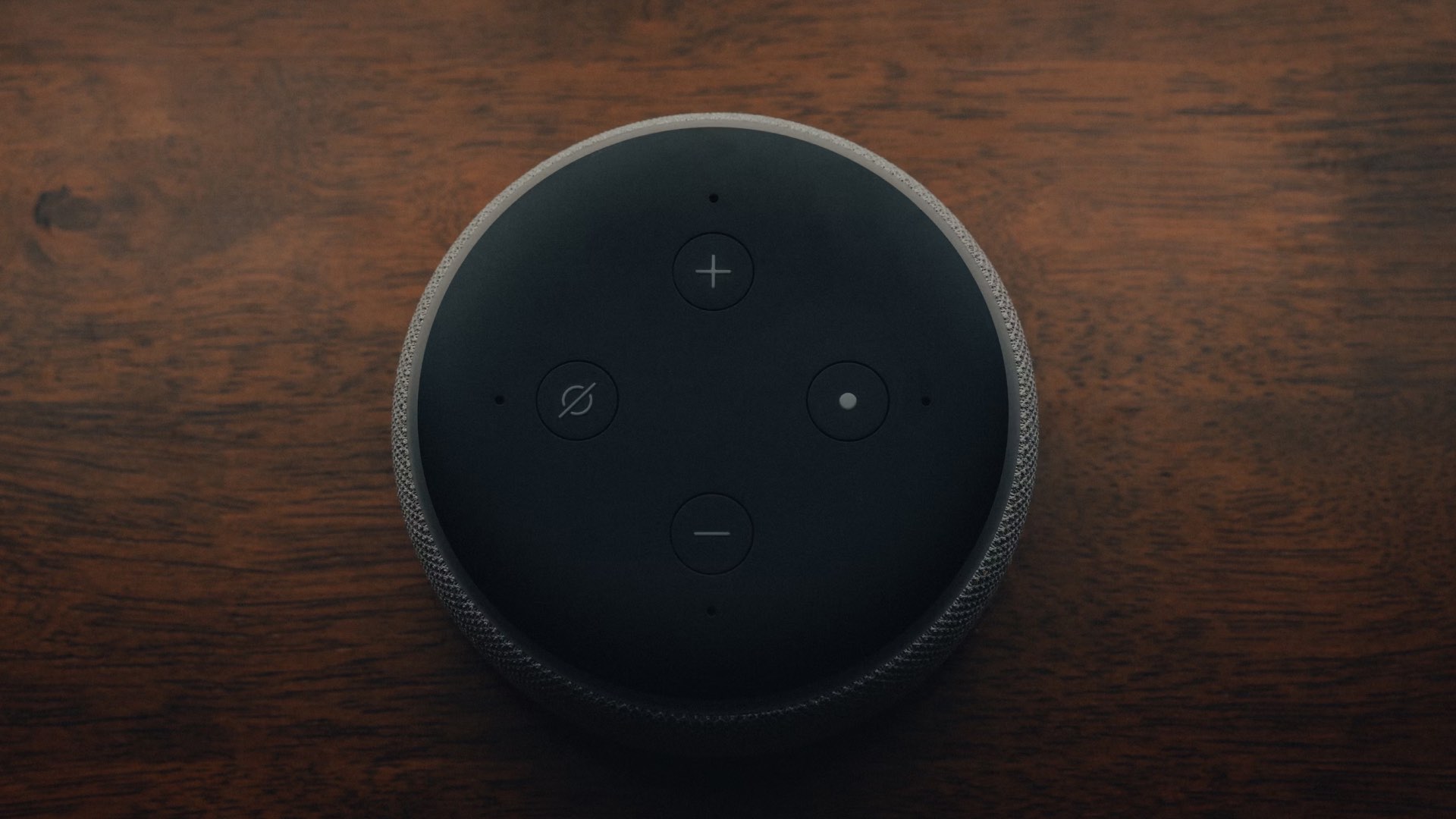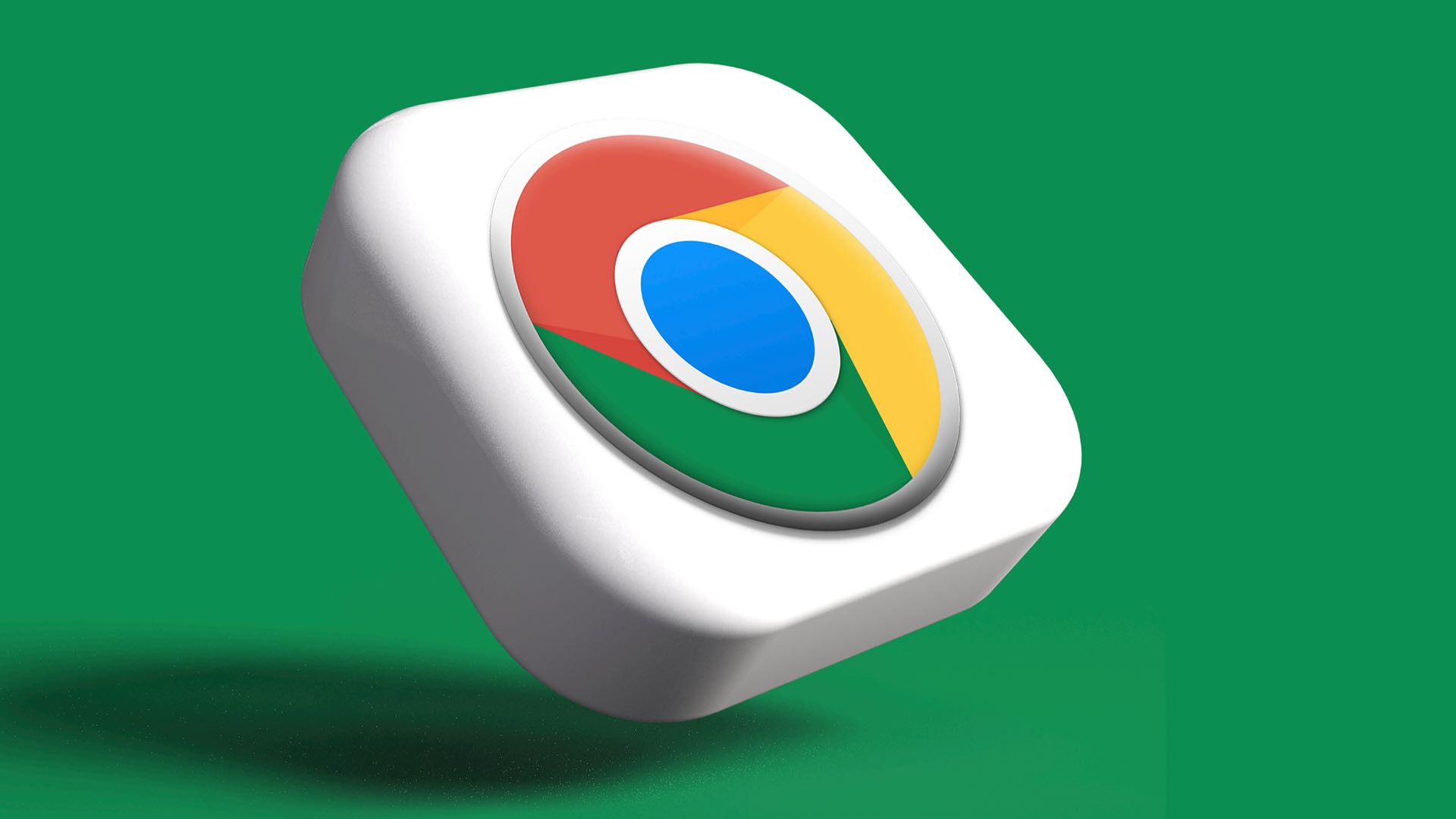Introduction
User experience (UX) is the process and practice of designing products and services that satisfy and delight the users. UX is not just about how things look, but also about how they work, how they feel, and how they affect the users. It is a key factor that influences user satisfaction, loyalty, and retention. Delve deeper into UX, Explore our blog at User Experience vs User Interface: What’s the Difference and Why It Matters for a wealth of knowledge and inspiration.
As technology evolves and user behaviour changes, UX design also needs to adapt and innovate. In this article, we will explore some of the top trends and best practices that will shape the future of user experiences in 2023 and beyond. We will also provide some examples of how these trends are applied in real-world products and services.
Data-Driven Design.
Data-driven design is a way of using user data to guide your design choices, from the start to the end of your project. You can get data from different sources, like analytics, feedback, user testing, surveys, etc.
Data-driven design has many benefits, such as:
- Improved user experience: By using data to understand user behaviour and preferences, design decisions can be made based on user needs and expectations, resulting in a more user-friendly and intuitive product.
- Faster iteration: Data can be used to quickly identify issues and areas for improvement, allowing designers and product teams to prioritize and implement changes more effectively.
- Better ROI: Data-driven design can lead to a more efficient and effective product, resulting in higher user satisfaction and retention, and ultimately, increased revenue and profitability.
- Increased engagement: Data can be used to create more engaging and valuable experiences for users, by identifying the features and functions that are most important and relevant to them.

💡 Ever heard of Netflix? It's like the superhero of data-driven design. They use info about what you watch and like to give you the perfect movie or show suggestions. It's like having a movie buddy who just gets you!
Accessibility and Inclusivity.
Accessibility and inclusivity are all about making sure that your products and services work well for everyone, no matter what their abilities, disabilities, or other characteristics are. Accessibility and inclusivity are not only the right thing to do, but also the smart thing to do, as they can help you reach more users and make them happier. Explore our blog at How to Design a User Experience That Delights Your Customer for a wealth of knowledge and inspiration.
Accessibility and inclusivity can be achieved by following some best practices, such as:
- Using universal design principles, which are based on the idea that your products and services should be easy to use for as many people as possible, without needing any special changes or adjustments.
- Following accessibility guidelines and standards, such as the Web Content Accessibility Guidelines (WCAG), which give you some tips and tricks on how to make your web content more accessible to people with disabilities.
- Testing with diverse users, including people with disabilities, to find out and fix any accessibility issues or challenges that they might face when using your products and services.
- Providing multiple modes of interaction, such as voice, touch, gesture, keyboard, etc., to let users choose how they want to interact with your products and services, according to their preferences and needs.
- Using clear and simple language, typography, colour, contrast, and layout, to make your products and services more readable and understandable for everyone.

💡 Microsoft is a great example of a company that cares about accessibility and inclusivity, and has a dedicated accessibility team and a range of products and features that support people with disabilities, such as the Narrator screen reader, the Magnifier tool, the Eye Control feature, the Learning Tools for OneNote, etc.
Augmented and Virtual Reality.
Augmented reality (AR) and virtual reality (VR) are cool technologies that let you experience amazing things that blend the real and the digital worlds. AR adds digital stuff, like images, sounds, or information, to the real world, while VR takes you to a fake world that you can explore and interact with.
AR and VR have many applications and benefits, such as:
- Entertainment and gaming: AR and VR can make you feel like you are in a movie, a game, or a virtual world, and give you more exciting and realistic experiences
- Education and training: AR and VR can help you learn and improve your skills, by giving you interactive and immersive environments that look like real-life situations, such as classrooms, labs, or workplaces.
- Healthcare and wellness: AR and VR can help you take care of your health and well-being, by giving you options for diagnosis, treatment, therapy, or prevention, such as medical imaging, surgery, rehab, or meditation.
- Tourism and travel: AR and VR can make your trips more enjoyable and informative, by giving you information, guidance, or entertainment, such as museum tours, city guides, or virtual trips.

💡 For Instance, Google is the tech wizard behind these cool realities. Google Lens adds magic to what you see, Google Maps turns into your personal guide with AR, and Google Expeditions? It's your VR passport to amazing trips!
Voice and Conversational Interfaces.
Voice and conversational interfaces are ways of interacting with products and services using natural language, like speech or text. You can use voice and conversational interfaces on different devices and platforms, like smart speakers, smartphones, chatbots, etc.
Voice and conversational interfaces have many advantages, such as:
- Convenience and efficiency: No more typing or tapping! With these interfaces, you just talk, and bam! Your tasks are done faster than you can say "tech-savvy."
- Talk Like You Do: These interfaces get you—they understand human-like language and tone. It's like chatting with a friend, making tech feel less like, well, tech.
- Tech with a Personality: Ever had a chuckle while talking to your device? These interfaces bring the fun, adding humour, empathy, and a touch of personality to your conversations.
- Contextual and adaptive: They're like mind readers! Well, not exactly, but they use data, your location, and preferences to give you a personalized experience. It's like having a digital assistant that just gets you.

💡 Bonus Fun Fact! Amazon is a pioneer and leader in voice and conversational interfaces, with its popular and smart voice assistant, Alexa. Alexa can help you with various tasks and activities, such as answering questions, playing music, and managing your devices—all with a natural and friendly conversation.
Design Systems and Components.
Design systems and components are sets of reusable design elements and rules that ensure consistency and coherence across products and platforms. They can consist of various elements, such as colours, typography, icons, buttons, forms, etc.
Design systems and components have many benefits, such as:
- Efficiency and productivity: Say goodbye to the design hustle! These systems and components save time and energy by giving us a shortcut. No need to start from scratch every time—we're on the fast track to cool designs!
- Quality and consistency: Have you ever noticed how some websites and apps look so well-organized and coherent? That’s the result of using Design Systems and Components, which are the protectors of consistency. They ensure everything follows the same awesome standards, like a squad of design champions.
- Scalability and maintainability: Want to boost your design game? These friends make it a piece of cake. Need to adjust something? No problem. It’s like having a magic tool for updates and improvements.
- Collaboration and communication: Imagine everyone on the same track, using the same design terms. Design Systems and Components make teamwork a joy, improving collaboration and keeping everyone in tune.

💡 An example of design systems and components is Airbnb, which has a comprehensive design system called Airbnb Design Language System (DLS), which includes a range of design elements and components, such as colours, typography, icons, illustrations, etc., that are used across its products and platforms, such as the website, the app, the magazine, etc.
User Experience Research and Testing.
User experience research and testing are methods and techniques that help understand and evaluate the user experience of products and services. They can be conducted at various stages of the design and development process, from ideation to launch and beyond.
User experience research and testing have many benefits, such as:
- User insight and empathy: User experience research and testing can provide valuable insight and empathy into the user needs, expectations, behaviour, and feedback, by using various methods, such as interviews, surveys, observations, etc.
- Validation Master: Ever wondered if our ideas are awesome? User Experience Research and Testing are our golden tickets to validate and verify if our users will adore what we’re making.
- Design Together: It’s like having a design party! With workshops, focus groups, and prototyping, users are not just the guests; they’re part of the fun. It’s like making a pizza together, but with designs!
- Happy Users, Happy Us: At the end of the day, we’re in it for the joy. By making sure our products and services match what users want, we create a fan base. It’s like hosting a show, and everyone’s clapping for more!

💡 For instance, Spotify has a dedicated User Research Team that uses various methods, such as surveys, interviews, and tests, to understand and optimize the Spotify experience for its users. By joining the journey of user experience research and testing, you can learn how to use data and feedback to create products and services that users will love!
Emotional and Ethical Design.
Emotional and ethical design are approaches that consider the emotional and ethical aspects of the user experience, such as feelings, values, morals, and social impact. They aim to create products and services that evoke positive emotions, such as joy, trust, or delight, and avoid negative emotions, such as frustration, anger, or guilt. They also aim to create products and services that respect the user rights, such as privacy, security, or consent, and avoid user harms, such as manipulation, deception, or discrimination.
Emotional and ethical design can be achieved by following some best practices, such as:
- Make them feel good: Use emotional design principles to create products and services that make your users happy, satisfied, and inspired.
- Do the right thing: Follow ethical design guidelines and frameworks to create products and services that are fair, honest, and good for the user and the world.
- Check and improve: Measure and improve the emotional and ethical impact of your products and services, by using various methods, such as asking for feedback, analysing emotions, checking for ethics, etc.
- Celebrate diversity: Design for diversity and inclusion, by understanding the different needs, preferences, and views of your users, and avoiding stereotypes, biases, or assumptions.

💡 An example of emotional and ethical design is Apple, which is known for creating products that deliver a delightful and smooth user experience. Apple's focus on privacy and security demonstrates its commitment to ethical design. It supports various languages and cultures, making its products accessible to a global audience.
Artificial Intelligence and Machine Learning.
Artificial intelligence (AI) and machine learning (ML) are technologies that enable products and services to perform tasks that normally require human intelligence, such as reasoning, learning, decision making, etc. AI and ML can be applied to various domains and functions, such as natural language processing, computer vision, speech recognition, etc.
AI and ML have many benefits, such as:
- Automation and efficiency: AI and ML can automate and optimize various tasks and processes, such as data analysis, content creation, customer service, etc., saving time and resources, and improving accuracy and quality.
- Innovation and creativity: AI and ML can generate and discover new ideas, solutions, and insights, such as new products, designs, or recommendations, enhancing innovation and creativity.
- Personalization and adaptation: AI and ML can provide customized and tailored experiences for users, based on their data, behaviour, or context, such as personalized content, feedback, or suggestions.
- Intelligence and assistance: AI and ML can provide intelligent and helpful features and functions for users, such as smart assistants, chatbots, or voice interfaces, improving the user experience and satisfaction.

💡 An example of AI and ML is Google, which uses these technologies extensively across its products and services, such as Google Search, which uses AI and ML to provide relevant and accurate results, Google Photos, which uses AI and ML to organize and edit photos, Google Assistant, which uses AI and ML to provide voice-based interaction and assistance, etc.
Minimalism and Simplicity.
Minimalism and simplicity are design approaches that aim to reduce the complexity and clutter of the user interface and focus on the essential and important elements and functions. Minimalism and simplicity can be achieved by following some best practices, such as:
- Using white space, which is the empty space between and around the elements of the user interface, to create a clean and elegant look, and to improve readability and comprehension.
- Using contrast, which is the difference between the elements of the user interface, such as colour, size, shape, etc., to create a clear and distinct hierarchy, and to draw attention and emphasis.
- Using typography, which is the art and technique of arranging text, to create a harmonious and expressive user interface, and to convey meaning and emotion.
- Using icons, which are graphical symbols that represent an object, action, or concept, to simplify and enhance the user interface, and to save space and time.
- Using gestures, which are movements of the fingers, hands, or other body parts, to interact with the user interface, to provide a more natural and intuitive way of interaction, and to reduce the need for buttons or menus.

💡 An example of minimalism and simplicity is Apple, which is known for its minimalist and simple design philosophy, which is reflected in its products and services, such as the iPhone, which has a sleek and simple design, with minimal buttons and icons, the Mac, which has a clean and elegant user interface, with minimal menus and windows, the Apple Watch, which has a minimalist and simple design, with minimal buttons and icons, etc.
Gamification and Engagement.
Gamification and engagement are design techniques that use elements and principles of games, such as points, badges, levels, challenges, rewards, etc., to motivate and engage users, and to enhance the user experience and satisfaction. These can be applied to various products and services, such as education, health, finance, etc.
Gamification and engagement have many benefits, such as:
- Fun and enjoyment: Gamification and engagement can make the user experience more fun and enjoyable, by adding elements of play, humour, and excitement, and by creating a positive and emotional connection with the user.
- Motivation and behaviour: Gamification and engagement can motivate and influence the user behaviour, by providing goals, feedback, and rewards, and by creating a sense of achievement and progress.
- Learning and skill: Gamification and engagement can facilitate learning and skill development, by providing challenges, feedback, and guidance, and by creating a sense of curiosity and exploration.
- Social and community: Gamification and engagement can foster social and community interaction, by providing opportunities for collaboration, competition, and sharing, and by creating a sense of belonging and identity.

💡 An example of gamification and engagement is Fitbit, which is a fitness tracker that uses gamification and engagement to encourage and support users to achieve their health and fitness goals, such as steps, calories, sleep, etc. Fitbit uses elements such as badges, trophies, challenges, leaderboards, etc., to motivate and reward users, and features such as social media, friends, groups, etc., to connect and interact with other users.
Conclusion.
User experience design is not a static or one-size-fits-all discipline. It is a dynamic and user-centric process that requires constant research, testing, and iteration. By keeping up with the latest trends and best practices, such as data-driven design, accessibility and inclusivity, augmented and virtual reality, etc., you can create user experiences that are not only functional and usable, but also delightful and meaningful. Whether you are designing for web, mobile, or other platforms, user experience is the key to creating awesome digital products that meet the user needs and expectations and achieve your business goals. If you want to learn more about user experience design, explore our other articles and resources on this topic.




